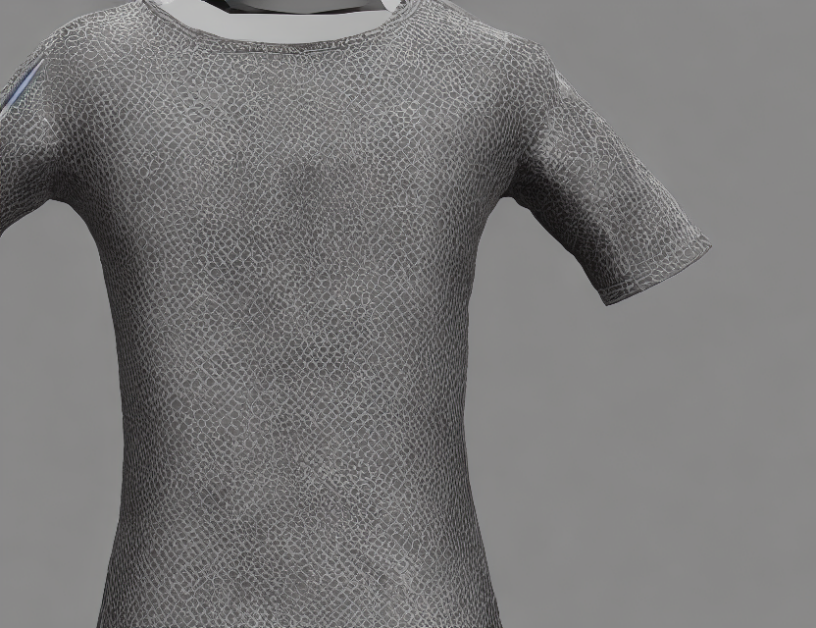Imagine you have a beautiful image, but it needs a little improvement. You can’t just edit it directly, or it will look unnatural. Instead, you need to find the right balance between making changes and preserving the original beauty. That’s where blended diffusion comes in – a technique that uses a combination of different models to edit images in a way that looks natural and realistic.
Blended Diffusion
Blended diffusion is a new approach to image editing that combines two powerful techniques: diffusion models and text-to-image synthesis. Diffusion models are like a magic wand that can transform an image in a way that’s visually plausible, while text-to-image synthesis uses natural language descriptions to generate images. By blending these two techniques, researchers were able to create a powerful tool for editing images in a way that looks natural and realistic.
How it Works
The blended diffusion model works by first compressing the image into a lower-dimensional feature space using an autoencoder. This makes it easier to edit the image without affecting its original structure. Then, the model uses a diffusion process to transform the image in a way that’s visually plausible, while also taking into account the natural language description of the desired outcome. Finally, the model reconstructs the edited image from the feature space using a decoder.
Benefits
The blended diffusion model has several benefits over traditional image editing techniques. Firstly, it allows for more detailed and realistic edits, as it can capture complex relationships between different parts of the image. Secondly, it’s much faster and more efficient than other approaches, making it ideal for large-scale image editing tasks. Finally, it’s more robust to attacks, as it uses multiple models to validate the edited images.
Conclusion
In summary, blended diffusion is a powerful technique that combines the strengths of diffusion models and text-to-image synthesis to create a more efficient and effective approach to image editing. By using a combination of different models, it can produce natural and realistic edits that are more robust to attacks. This technique has many potential applications in fields such as computer vision, robotics, and digital art, making it an exciting development in the field of image processing.



